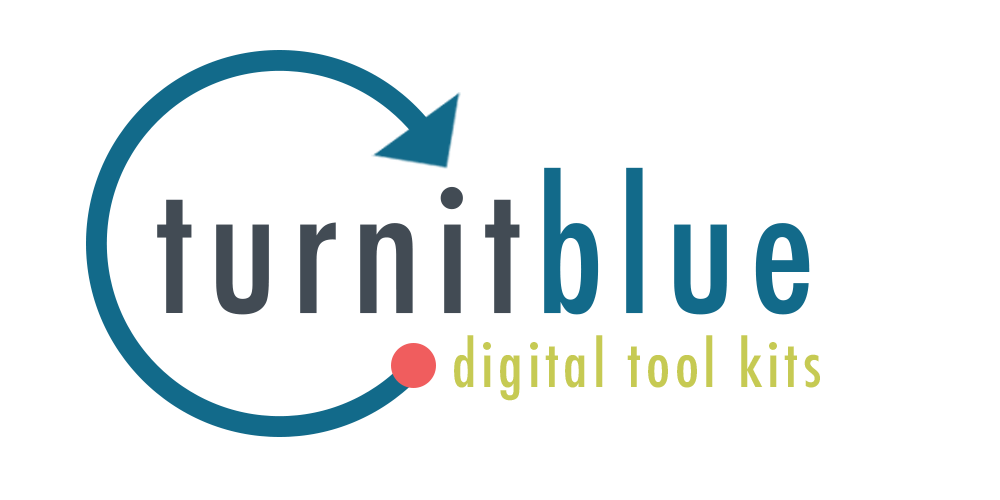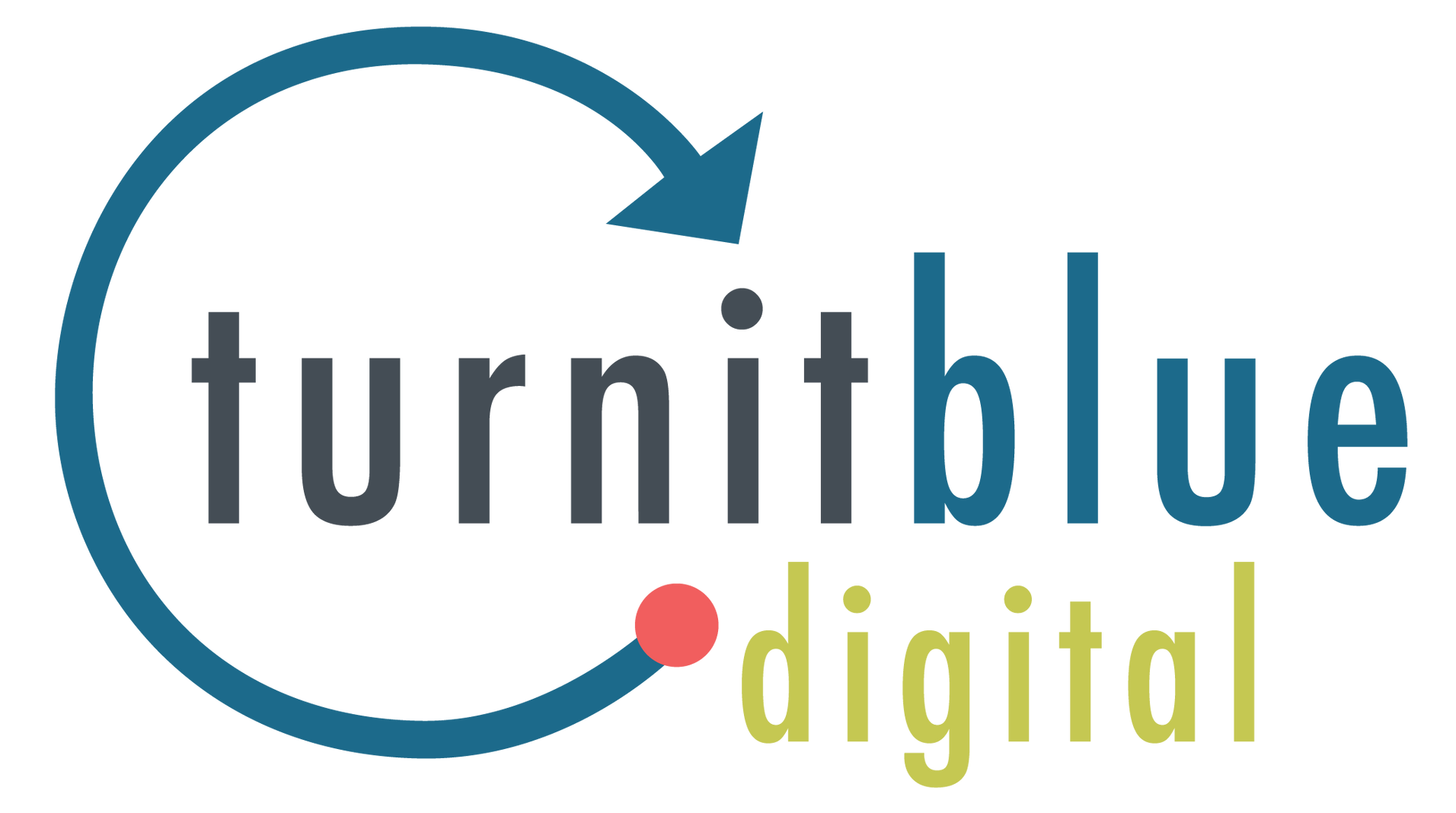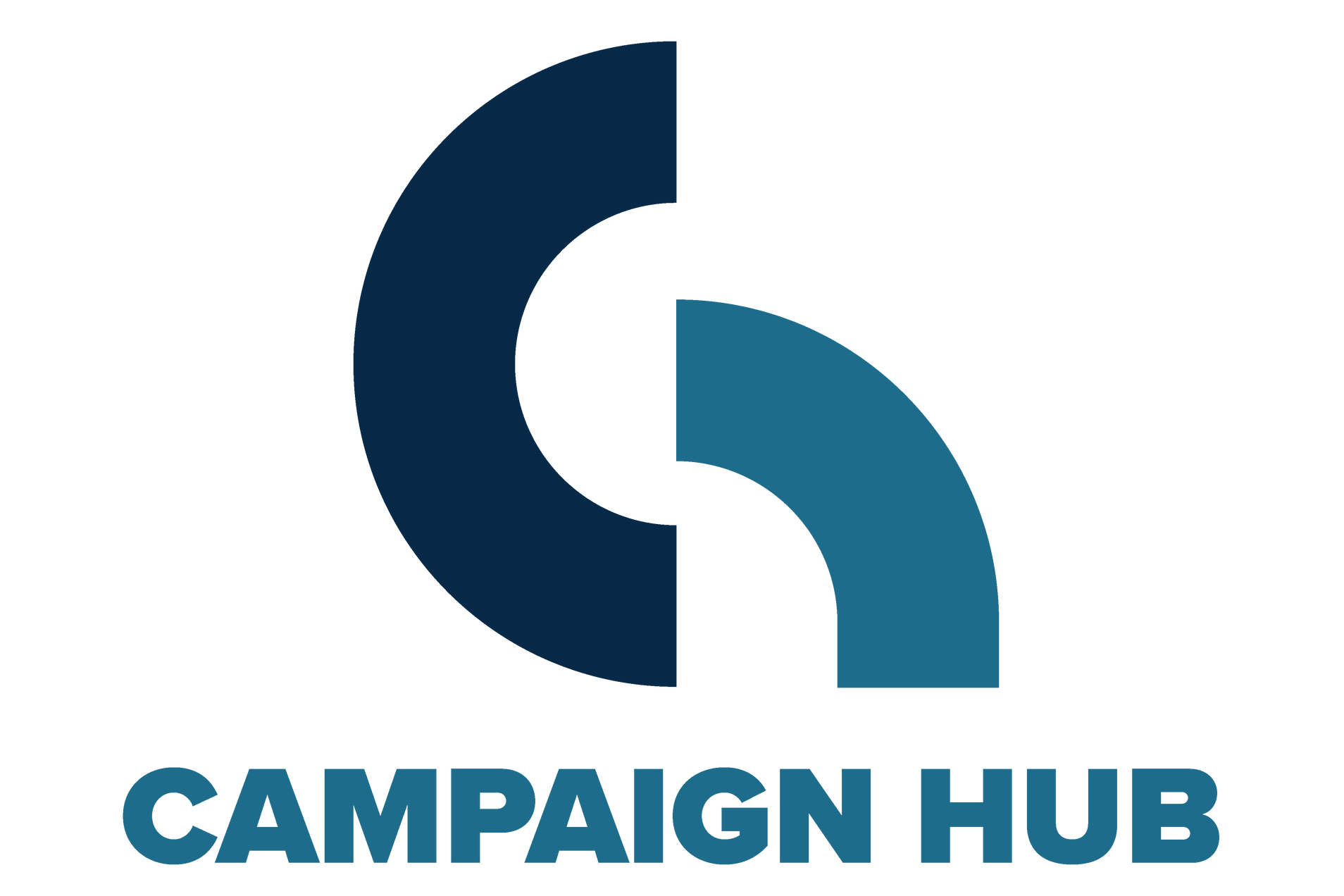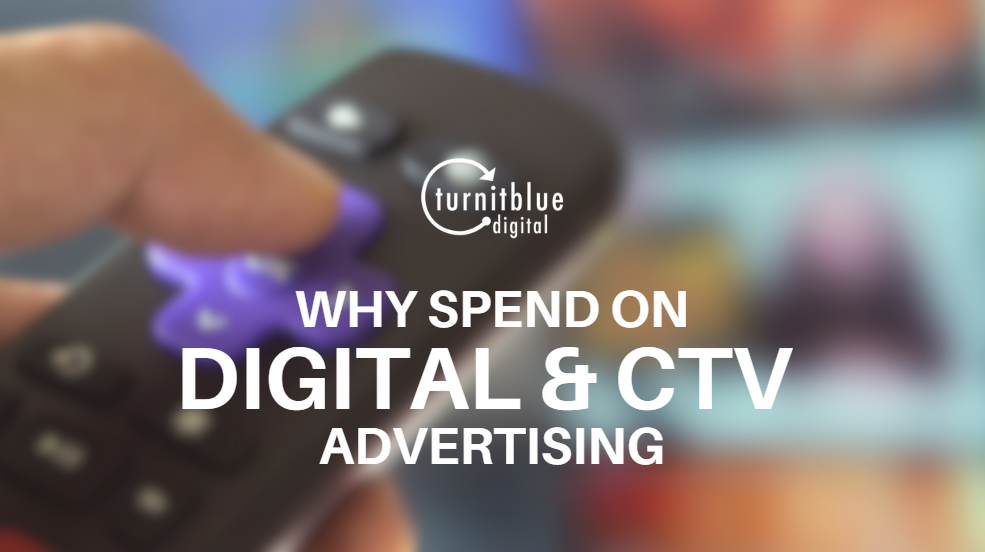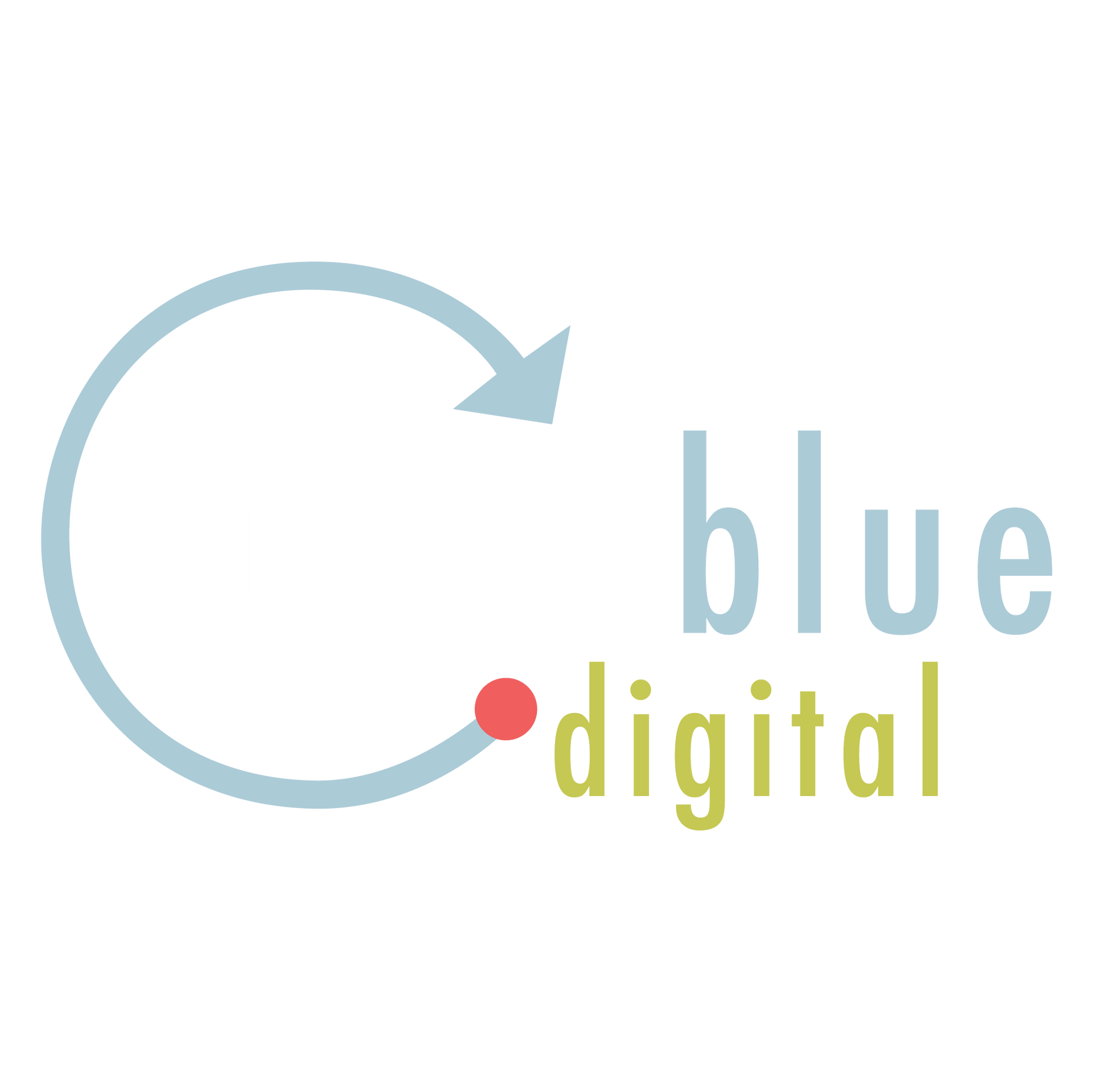A Beginner's Guide to Getting the Most Out of Connected TV (CTV)
Connected TV (CTV) has changed the way campaigns connect with their audiences online. With CTV, you can display your ads on big screens without interruptions, ensuring your message is seen.
Here’s a simple guide to help you make the most of CTV.
What is CTV?
Connected TV (CTV) is a type of television that is connected to the Internet. This connection allows the TV to play videos and shows from online services.
You can connect using a Smart TV with built-in Internet features, or by attaching a separate device to a regular TV. These separate devices, known as “over-the-top” (OTT) devices, include popular options like Roku, Amazon Fire TV, Apple TV, and Chromecast. Blu-ray players and gaming consoles like Xbox and PlayStation can also turn a regular TV into a connected TV.
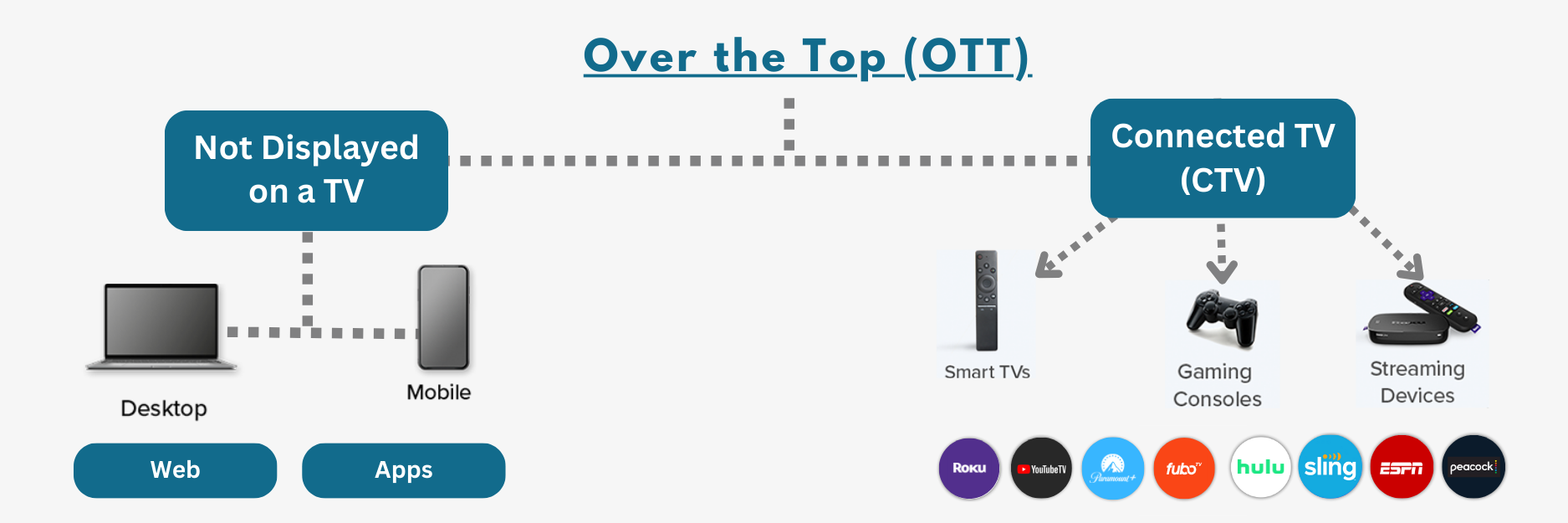
Why Choose CTV?
- Reach More People: CTV allows you to reach a larger audience and keep them engaged across different devices and platforms.
- Target Your Audience: Unlike traditional TV, CTV lets you use data to target specific groups of people, so your ads reach those who are most likely to be interested.
- Save Money: CTV is often cheaper than traditional TV, and you can get premium ad spots at a lower cost.
Creating Effective Ads
Developing creative ads that resonate on CTV/OTT is a little different than developing regular TV or digital video ads, though many of the core principles remain the same. Remember that CTV/OTT ads are generally like standard TV ads in that they are non-skippable, so you have a better chance to hold your viewer's attention for the length of your ad, rather than losing their attention after the first three seconds when the ad becomes skippable like digital video ads. CTV/OTT ads are also like TV ads because there often isn't a way to use a link or other in-video call-to-action like you would do with digital ads.
Keeping these differences in mind, here are a few ways you can optimize your ads for CTV/OTT placement:
- Try Different Ad Lengths: We highly recommend having at least one :15-sec and one :30-sec creative in your media mix. However, :30-sec units are preferred for CTV/OTT placements.
- Show Your Brand Early: Make sure your logo appears within the first 6 seconds of the ad and stays visible throughout the ad to create burn-in for your name ID.
- Support your CTV/OTT Ads with Display: while your video ad won't include a direct call-to-action, you should support your video ads with coordinating display sets that allow users to engage directly with your landing page, website, or other supporter call-to-action.
- Tell a Good Story: By mid-October, everyone will be tired of the same ol' political ads. Showcase your individuality with an ad that breaks the traditional molds and catches viewers' attention.
Take Advantage of Better Metrics
Once your ad is up and running for 24-48 hours, your Analytics Dashboard will display the top-line key performance indicators for each campaign's total lifetime. You will also see a pacing indicator that will let you know how your ads are performing. It’s important to check in on your campaigns to ensure your budget and audience size are adequate to meet your goals.
Connected TV advertising is key to any digital plan. It should be part of your strategy, as a cost effective and more targeted alternative to traditional TV advertising and social media ads.
Get your free Turn It Blue Ads account today!
Turn It Blue Digital Blog


